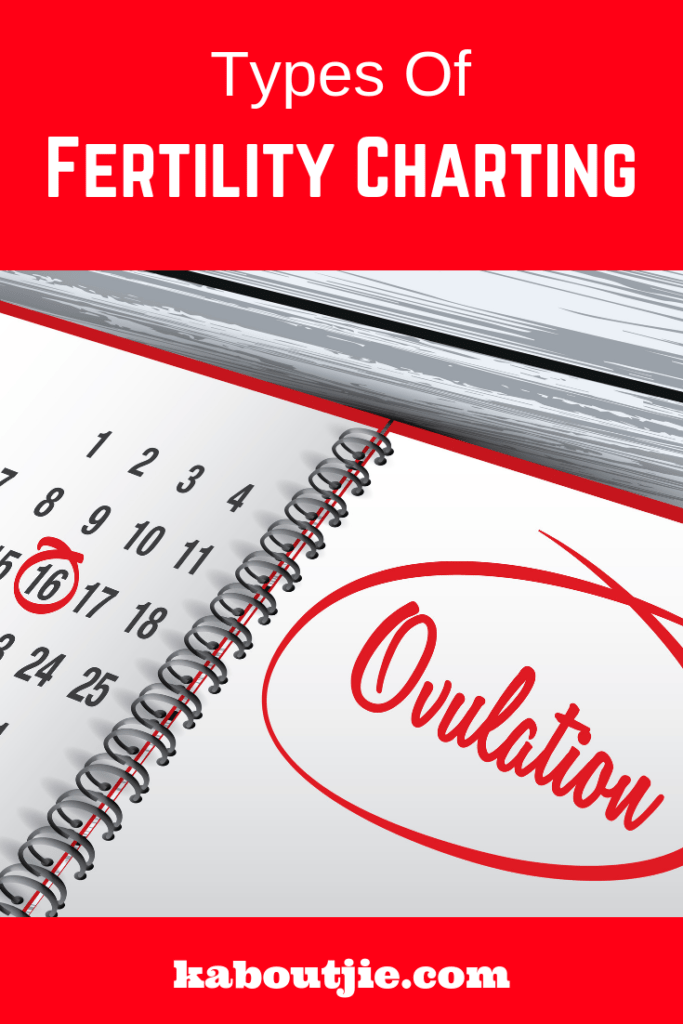If you have been trying to get pregnant with no result, you shouldn’t be doubtful and hurry to jump into conclusion that you are infertile. You will get more reliable information from a fertility chart. Now that you have made your first fertility charts, you will be impatient to know the interpretation of your chart to help increase your chances of getting pregnant fast. But, you can only get professional interpretation of your chart from a gynecologist. While you are waiting for your appointment, we will provide you with valued information on the various types of fertility charts, which are in classic obstetrics and gynecology health guides.
Normal Two-Phase Fertility Chart
This type of fertility charts tracks the normal two-phase menstrual cycle and are characterized by the fall in temperature of a woman before ovulation and menstrual cycle along with a rise in the temperature of the 2nd phase cycle by at least 0.4 Celsius. The duration of the temperature during post ovulation is between 12 and 14 days.
Estrogen-Progesterone Deficiency
During the second phase, the temperature of the body will rise slightly. The slight difference in temperature between the first phase and second phase shouldn’t be more than 0,2-0,3 Celsius. If you have this type of fertility chart, you will be able to deal with issues caused by the deficiency in Estrogen and Progesterone. A gynecologist will suspect that the fertility issues in a woman are caused by hormonal disorders when a fertility chart repeats the above pattern from cycle to cycle.
Anovulatory
It is normal for a healthy woman to experience at least one anovulatory(i.e., When ovulation doesn’t occur) cycle during the year. However, if anovulation occurs from cycle to cycle, a woman will not be able to conceive, since conception cannot occur without ovulation. Anovulatory does not occur with any prominent rise in temperature throughout the cycle. You should visit your doctor, whenever you have the following repetitive pattern three months in a row.
2nd Phase insufficiency
This pattern is associated with the probability of a woman having miscarriage rather than that of infertility. In other words, it’s possible for a woman to get pregnant yet is risky. How does the chart work? Shortly after menstruation, the basal temperature begins to rise, while the woman will not experience any fall in temperature before menstruation. Also, the 2nd phase lasts for less than ten days. You should visit your doctor, whenever you have the following repetitive pattern three months in a row.
Estrogen Deficiency
The temperature curve of a woman tends to be chaotic unlike the previous types of fertility charts. The fluctuations don’t fit into any type, described above. A distinct deficiency usually causes this pattern in estrogen. Also, irregular factors may also be among the culprits.
So, you can get some clues about your condition, when you analyze your chart curves. Your fertility chart should be the first indicator of any possible fertility issues when you have difficulty in getting pregnant; however, this is not a diagnosis yet. For instance, women with irregular cycle lengths (28-34 days) may not ovulate in the middle of the cycle, that is, 14th day of the month. The women may ovulate between 14th and 20th day which is a norm for them.
Common Errors in Fertility Charting and How to Avoid Them
-
Use a proper BBT thermometer
The common thermometer used to measure our body temperature when we have cold or flu shouldn’t be used to measure your basal temperature because they are not accurate enough. Rather, purchase a BBT thermometer, and you will be able to get an accurate temperature within 0.1 degrees.
-
Take your temperature at the same time each morning
This is very crucial, yet most women desperate to get pregnant overlook it. Before taking your basal temperature, you should be asleep for at least 6 hours. Also, you should take your temperature before doing anything else- even before going to the bathroom. However, the time you do this is very important, and it includes weekends.
-
Note the reading immediately, in writing
You should note your reading immediately in writing and not rely on your memory after you have gone back to sleep. You can also transfer this to your chart as soon as you can to see if there are any signs of increase in the fertility of your body with the latest data. If there were any unavoidable changes in the way you took the reading (for instance, you were a few minutes later than usual), then you should note this on your chart.
-
Take a vaginal reading rather than an oral one, for much greater accuracy
Most women take oral reading which is less accurate. It is because of the external factors that can influence the temperature reading of your mouth. The factors include cold or sleeping with the mouth open. In other to avoid the possibility of anomalies between various thermometers, you should use the same type and make of thermometer for every reading. You should also use the same method of taking the reading as well.
-
Avoid alcohol
You should avoid alcohol consumption or anything that can disrupt your fertility if you are really serious about getting pregnant. However, if you take alcohol, then note it on your chart. It is because alcohol can be responsible for any variation in your normal reading patterns.
Although, a woman has the best part of a week to get pregnant, this varies from person to person. Your difficulties in getting pregnant may be due to bad timing. When you use the fertility charting methods and avoid the common errors described above, you will get the best help possible and the best possible chance of timing things right. Before concluding on your reading patterns, it is advisable for you to meet your doctor for a professional diagnosis and treatment. Your doctor will need an ultrasound examination and a hormone test result. That’s why you should set your worries aside even if you’ve got a reading pattern that is unfavorable and set an appointment with a good doctor.
 Kaboutjie SA Mommy Blogs by Lynne Huysamen
Kaboutjie SA Mommy Blogs by Lynne Huysamen







